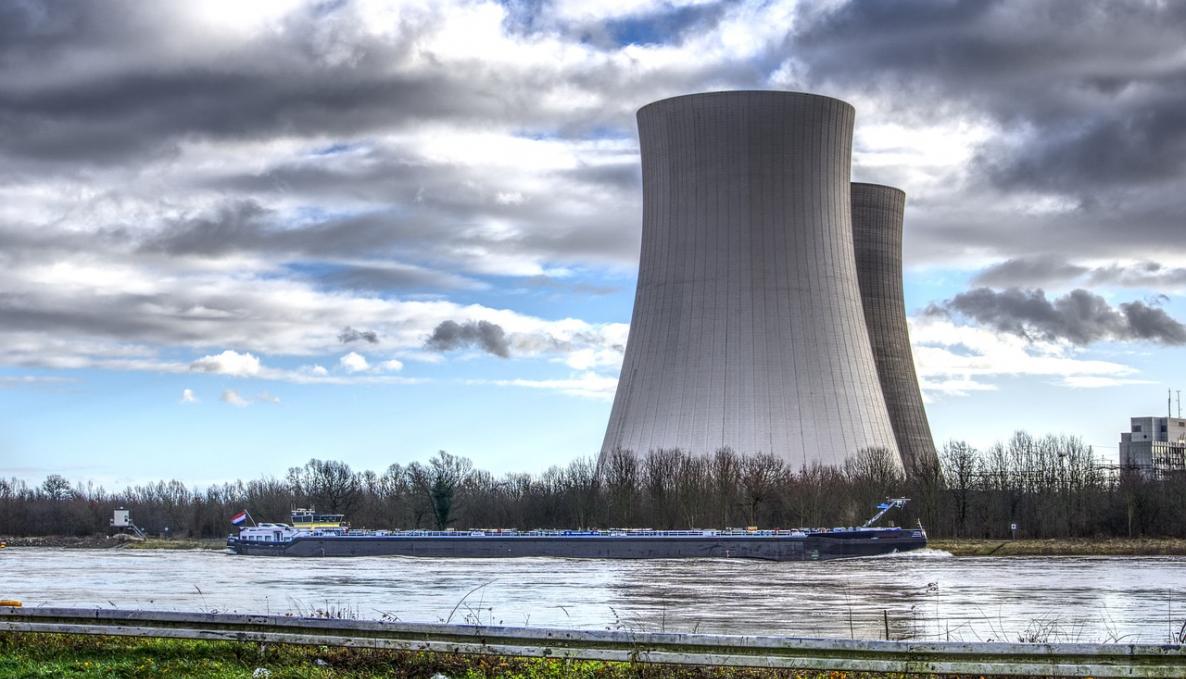Nuclear threats and new pandemic outbreaks: Italy must do more to prevent and prepare to face emergency situations. "Here are the critical points of the Italian system in the face of chemical, biological, radio-nuclear risks"
The results of the "Cbrn-Italy" research project, coordinated by the Scuola Superiore Sant'Anna and carried out together with the Universities of Florence, Bologna and Turin

"Some significant criticalities of the Italian system in the face of chemical, biological, radio-nuclear risks are highlighted in the final report of the "Cbrn-Italy" research project, funded by the Prin 2017 call (Projects of relevant national interest) of the Ministry of education, university and research, and coordinated by Andrea de Guttry, full professor of International Law at the Dirpolis Institute (Law, Politics, Development) of the Sant'Anna School of Advanced Studies in Pisa. Researchers from the Universities of Florence, Bologna and Turin also participated in the project. The scenarios examined during the course of the project included the risk of terrorism with chemical, biological, radio-nuclear agents, the occurrence of industrial accidents or natural events leading to their release and, lastly, the use of chemical, biological, radio-nuclear weapons.
The project first mapped international obligations and recommendations relating to the protection against chemical, biological, radio-nuclear events and, subsequently, analyzed to what extent Italy is implementing international obligations and recommendations. The failure to adopt specific protection measures can indeed have catastrophic consequences on people's health and on the economy of a country. The appeal of the researchers who participated in the "Cbrn Italy" project is that "international obligations and recommendations are no longer neglected by political decision-makers" and that "the main critical issues highlighted are addressed as a priority".
“Preventing a global health crisis, preparing to face the catastrophic consequences of a nuclear explosion, having a post-emergency plan and a return-to-normalcy policy: international law – comments Andrea de Guttry – establishes that, for each of these situations specific measures have to be taken. The repeated bombings in the immediate vicinity of the Zaporizhzhia nuclear power plant in Ukraine dramatically confirm that the dangers of a nuclear explosion are very concrete, as confirmed in recent days by the director general of the IAEA (International Atomic Energy Agency), and that their consequences would spread far beyond the borders of Ukraine. The war in Ukraine exposes our country to enormous risks, while the case of the Covid-19 pandemic has highlighted obvious shortcomings in our prevention and preparedness mechanisms. We appeal to Italian policy and decision makers - concludes Andrea de Guttry - so that these gaps are quickly addressed".
The "significant criticalities of the Italian system" described in the final report of the "Cbrn-Italy" project concern various areas, including the lack of a holistic and multi-hazard disaster risk reduction strategy, which should have been adopted by 2020 as envisaged by the Sendai Framework. The new Civil Protection Code adopted in 2018 introduces important novelties, but does not address the need to involve the public at large in risk assessment processes, or to more systematically address the needs of the most vulnerable groups in society. The final report also suggests updating and raising public awareness on the national plan against Cbrn terrorism that was adopted in 2001; or to update the Italian legislation on serious cross border threats to health also in light of lessons learned from the Covid-19 pandemic. Finally, in terms of assistance (including socio-psychological support) to victims of Cbrn events (whether intentional, accidental or natural) and of environmental reintegration, significant differences with international recommendations were also noted during the project. A reconstruction code - or more generally a recovery code - could be adopted to cover some important gaps in the post-emergency phase, which remains the most neglected of the entire disaster management cycle.
The final report is available here: http://www.cbrn-italy.it/en/final-report-and-recommendations.



